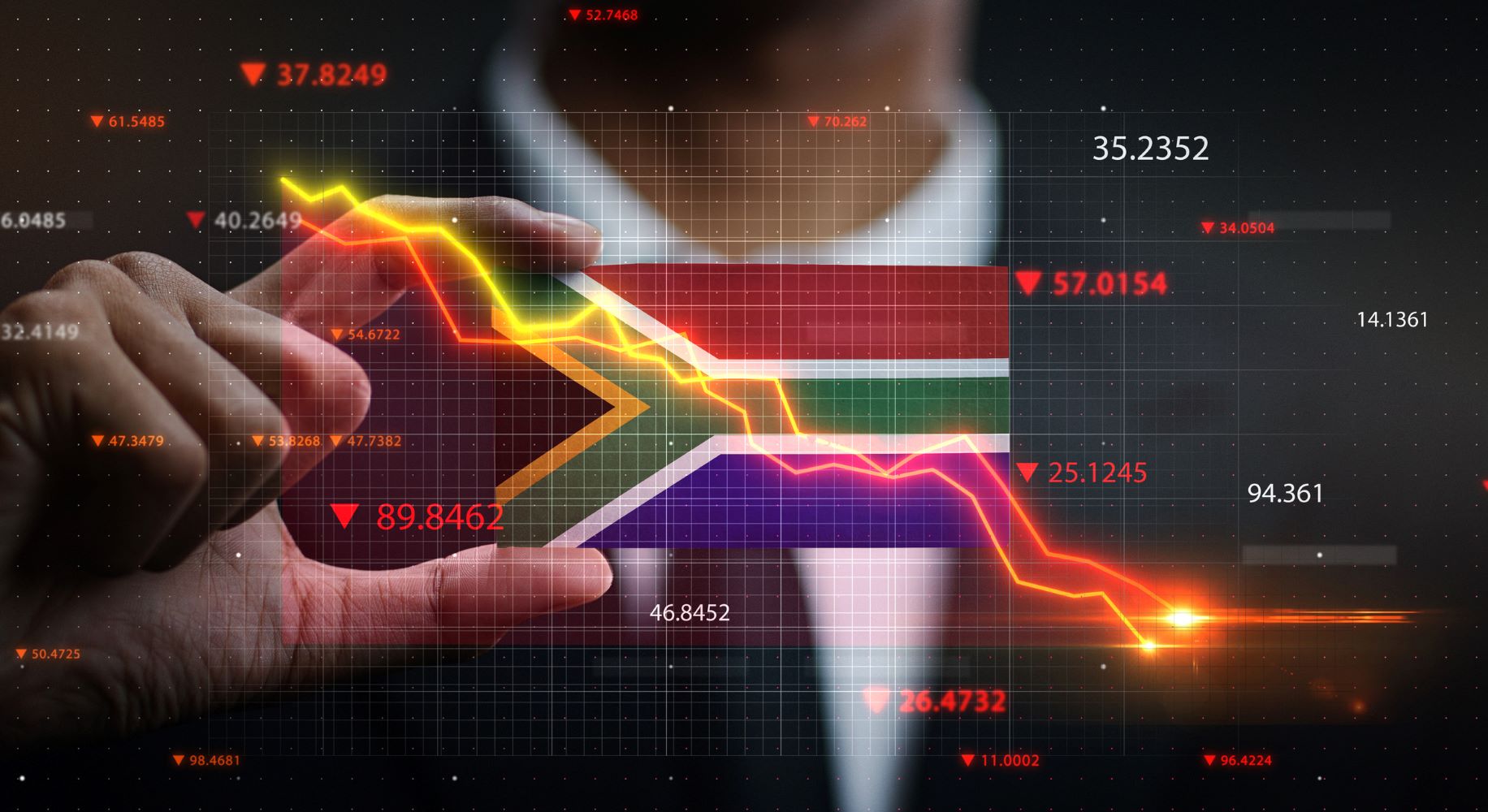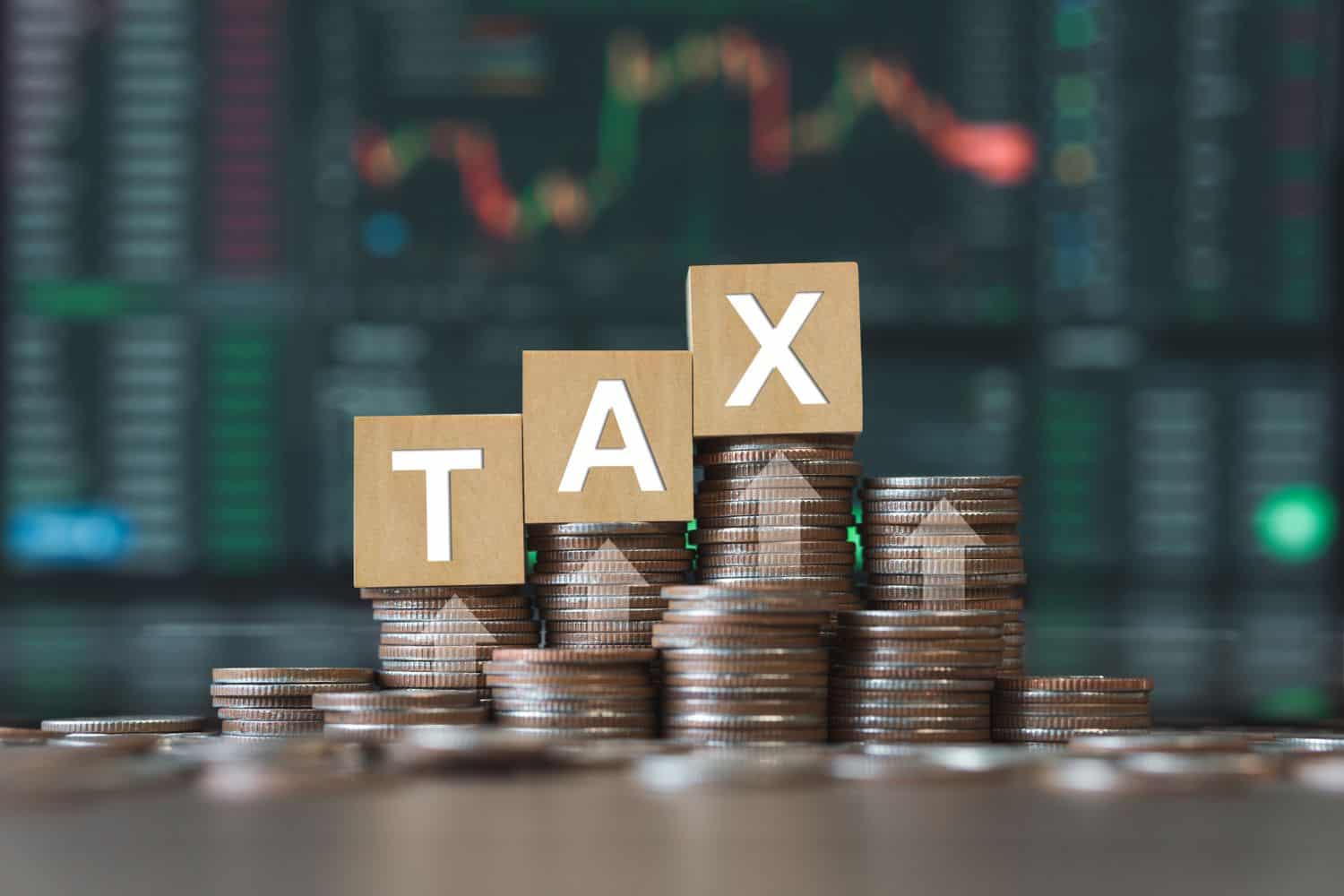PPI fell by 0.7%, while building confidence remained unchanged and the business cycle leading indicator and credit extension also improved.
It was a quiet week on the economic front ahead of Black Friday, but the week brought good news about PPI ahead of the announcement of the GDP figure for the third quarter of the year, which is expected to show some economic growth for South Africa.
The rand is still trading above the psychological threshold of R18 to the US dollar. Isaac Matshego and Busisiwe Nkonki, economists at the Nedbank Group Economic Unit, say the rand firmed R18.03/$ on Friday morning.
“However, the local unit will remain under pressure after US president-elect Donald Trump threatened to implement punitive import tariffs on Chinese goods. China is a major importer of South Africa’s commodities and a weaker Chinese economy would hurt the local currency.”
ALSO READ: No significant economic growth expected for SA over next three years
PPI enters deflationary territory in October
Producer price index (PPI) entered deflationary territory in October, with prices falling by 0.7%. Excluding petroleum-related products, producer inflation stood at 2.7% and recorded a marginal decline of 0.2% compared to the previous month, Statistics SA says.
Intermediate producer inflation, which reflects manufacturer input costs, increased to 5.5% in October from 4.8% in September, largely reflecting base effects as a monthly decline of 0.4% was recorded.
The overall decline in producer inflation to -0.7% was driven primarily by sharp decreases in petrol and diesel prices. Transport equipment prices also remained in deflation for the sixth consecutive month, weighed down by declining costs for parts. Meanwhile, inflation for food, beverages and tobacco eased slightly to 3.6% from 3.8% in September.
Mamello Matikinca-Ngwenya, Siphamandla Mkhwanazi, Thanda Sithole and Koketso Mano, economists at FNB, say this decline in PPI marks a significant and prolonged moderation from the peak of 18.0% recorded in July 2022. On a month-on-month basis, PPI also declined by 0.7%, the fifth consecutive month of contraction.
Matshego and Nkonki say the steep decline reflected the sharp fall in petrol and diesel prices, amplified by lower food inflation. “We expect production inflation to start edging higher in the months ahead as the impact of last year’s high base fades.
“However, the rise will likely remain modest, kept in check by relatively low global oil prices, a steady rand and subdued food inflation. Key upside risks remain with the threat posed by the incoming US administration’s economic policies to the rand and the potential of renewed spikes in global oil prices due to the ongoing geopolitical conflict in the Middle East.”
They forecast PPI to end 2024 at 2.4%, averaging 3.3% for the whole year.
Tracey-lee Solomon, economist at the Bureau for Economic Research (BER), says while monthly declines occurred for the past five months, this was the first annual drop in 2024. “Lower producer prices should filter through to consumer inflation and keep the case for interest rate easing.”
ALSO READ: Increasing business confidence shows cautious optimism
Building Confidence Index remains unchanged
The FNB/BER Building Confidence Index remained unchanged at 40 index points in the fourth quarter. Matikinca-Ngwenya, Mkhwanazi, Sithole and Mano say while this indicates that most respondents (60%) are still dissatisfied with current business conditions, there are some positive developments.
“Main contractors experienced a significant improvement in activity, employment and profitability, leading to a decade-high confidence level. This was driven by increased activity, particularly in residential buildings, which partially recovered after a weak performance in previous quarters.”
Non-residential activity also continued to increase, albeit from a low base. However, Matikinca-Ngwenya, Mkhwanazi, Sithole and Mano say despite the positive momentum, main contractors are still concerned about the short-term outlook due to weak order books and the ongoing impact of the construction mafia.
Sub-contractors, on the other hand, faced challenges due to a decline in residential solar installations, leading to decreased confidence. While building material manufacturers saw some improvement in production and reduced costs, overall confidence remains low.
Architects and quantity surveyors experienced some improvement in activity but were hindered by municipal delays and payment issues. Overall, the survey shows a mixed outlook for the building sector. “While current work is generally plentiful, capacity constraints at a municipal level and security issues at construction sites linger, weighing on sentiment.”
ALSO READ: Gauteng the drag on SA’s economic progress
Continued improvement in economic conditions
The business cycle leading indicator increased by 0.9% in September, recording 113.9 index points from 112.8 in August. The index was also 2.0% higher than a year ago, highlighting the continued improvement in economic conditions relative to last year, Matikinca-Ngwenya, Mkhwanazi, Sithole and Mano say.
Four of the eight constituent variables increased, led by accelerated trend growth in money supply and the number of building plans approved in the residential market. “Mitigating the gains was a deceleration in the trend growth of new passenger vehicle sales and a narrower interest rate spread.”
ALSO READ: Weekly economic wrap: Inflation shoots the lights out, the repo rate not so much
Private sector credit extension also picking up
Private sector credit extension grew by 4.3% in October, slowing from the 4.6% increase recorded in September. Household credit increased by 3.2%, slightly lower than the 3.3% growth in September, but inflation-adjusted growth reached 0.4% as inflation decelerated faster than credit growth. Corporate credit growth moderated to 5.2% from 5.7% in September, but still outpaced inflation by 2.3%.
Within household credit, unsecured general loans and advances contracted by 1.2%, marking the seventh consecutive month of decline. Growth in mortgage advances slowed to 2.3% from 2.4% in September, while installment sales credit, primarily vehicle finance, expanded by 7.3%, marginally down from 7.4% in the previous month.
On the corporate side, installment sales credit grew by 6.9%, reflecting a deceleration from 7.3% in September, Matikinca-Ngwenya, Mkhwanazi, Sithole and Mano point out. However, corporate mortgage advances strengthened, rising by 4.9%, compared to 4.6% in September. General loans and advances to corporates also accelerated, with growth increasing to 4.5% from 3.8% in September.
Matshego and Nkonki say the credit numbers are disappointing, suggesting the economy is still treading water. “Even so, the fundamentals needed to bring about a recovery in credit demand are starting to fall in place.
“Rapid disinflation, easing interest rates, withdrawals from contractional savings and the anticipated upturn in economic activity should eventually lift credit demand to higher ground. We expect credit growth to end the year at just below 4% before accelerating to 5.8% by the end of 2025.”














